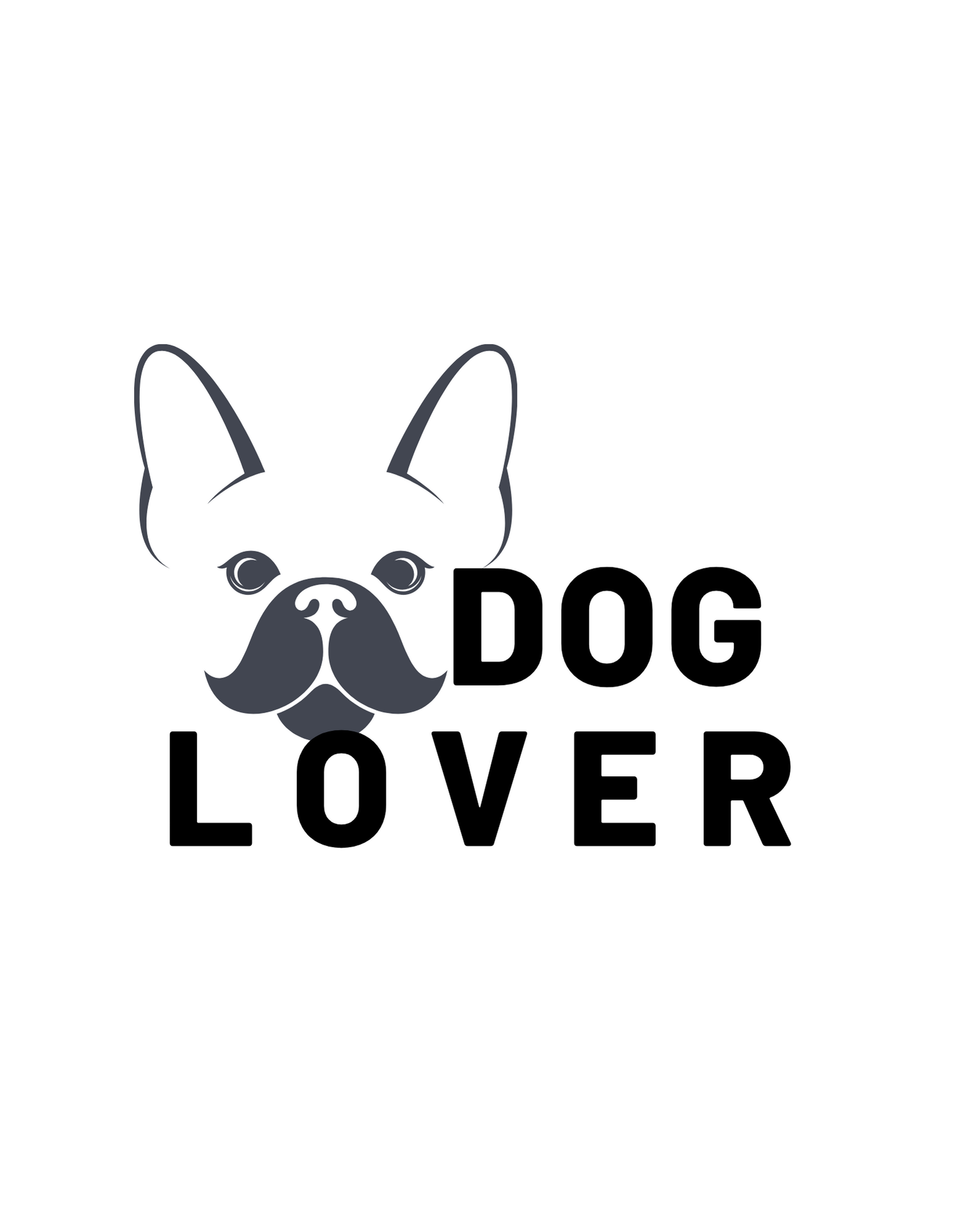Did you know your dog’s sense of smell is 10,000 to 100,000 times more acute than a human’s?
Dogs have an incredible sense of smell. This is attributed to their millions of receptors. It is important to understand your dog’s nose anatomy. In addition to being an organ of smell, the nose is a means of communication. Continue reading.
Anatomy of a Dog’s Nose
Dogs have far larger noses than humans do, compared to their heads. They have a much bigger surface area, which allows for a greater number of sensory receptors.
Humans only have six million olfactory receptors in their nasal cavity, compared to 100 million to 300 million in dogs. Compared to human nasal tissues, their epithelium is roughly thirty times larger.
Dogs use their noses for more than just smelling; they use them to breathe and communicate. Part of the air that enters through the nostrils is used for breathing, while the remainder is used for scenting.
Supercharged Sniffers: How Dogs Smell
Dogs’ noses are made specifically to maximize their sense of smell.
Most of the air inhaled goes to the lungs during regular breathing. However, a tiny percentage is “saved” for odor recognition. This portion goes to the nasal turbinates, which are the rear of the nose’s sponge-like net of bones covered in olfactory receptors.
Air enters the nostrils at their center margins and leaves in a distinct tract at their sides while they are sniffing. This makes it possible for new air to be continuously and swiftly pulled in without being forced out by exhaled air, increasing the number of scent cues that a dog may detect. A dog inhales and exhales simultaneously.
The Power of Pheromones
Dogs’ noses are made specifically to maximize their sense of smell. The vomeronasal organ, also known as Jacobson’s organ, is a unique organ found in dogs used exclusively to detect pheromones from other animals.
Dogs release odorless, undetectable chemical signals called pheromones when they experience particular emotions.
Jacobson’s organ is found between the roof of the mouth and the nasal cavity. Pheromones are significant in social interactions because they can indicate emotions such as nervousness or mating readiness.
Applications in Detection and Working Dogs
When it comes to working dogs, including police and rescue dogs, the basic idea of scent training is to develop their innate ability to a point where they can effectively support their owners in a variety of crucial duties.
Among the most important abilities is scent detection. The applications of this training are numerous and priceless, ranging from search and rescue operations to the detection of medical issues and illicit goods.
Some training methods for scent detection include scent kits, training toys, and gloves. Experts have documented amazing real-life tales of how keen a dog’s sense of smell is.
One drug-sniffing canine, for example, “found” a plastic container in a gas tank that contained 35 pounds of marijuana soaked in gasoline.
One stray black lab from Seattle’s streets identified a floating orca scat from as far away as one mile across the rough seas of Puget Sound.
Another example is the cancer-sniffing pup that “insisted” on finding melanoma in a patient’s skin spot that medical professionals had previously declared cancer-free; a follow-up biopsy revealed malignancy in a tiny percentage of the cells.
Canine Health and Scent
It is commonly known that dogs can detect ailments.
Odor is usually the best sign of a disease. Dogs can identify changes in our metabolism through our skin and breath.
The most recent study looked at a test for canines’ COVID-19 detection skills. In total, 94% of successful detections were made on average.
Medical detection dog deployment is still in its infancy when compared to the well-established and accepted use of sniffer dogs by the police, army, and customs for substances like money, explosives, or drugs.
However, studies investigating the ability of medical detection dogs to identify people with diseases appear promising. Before canine scent detection canines are deployed, several parameters need to be standardized.
Disease-related smells are composed of many volatile organic compounds that vary in strength, concentration, and volatility. Numerous factors, including genetics, environment, age, hydration, diet, conditioning, training, management issues, illnesses, and medications, might affect olfactory perception.
Fun Facts and Trivia
Their heightened sense of smell has led to dogs breaking records in scent detection. Here are five examples:
- Bumper, a 6-year-old Golden Retriever, identified Parkison’s disease in a patient.
- Jodie, a five-year-old Labrador, can sense the bacteria pseudomonas, which can lead to blood and lung infections and illnesses, including pneumonia.
- Florin, an eight-year-old Labrador Retriever, can detect prostate cancer.
- Lexi, a six-year-old Labrador, detected COVID-19.
- Jude, a four-year-old Labrador, is skilled in identifying postural tachycardia syndrome, or PoTS, which is also referred to as drop attack syndrome.
Though unusual, dogs can also use their sense of smell to detect human emotions. Dogs can smell adrenaline hormones in a human’s body. They can easily detect an increased blood flow or heart rate, which signals fear or sadness.
Conclusion
There you have it. Your dog’s nose is a powerful organ. It has approximately 100 million to 300 million receptors. Humans have a mere 100 million receptors. This makes it possible for dogs to inhale and exhale simultaneously.
This heightened sense of smell makes dogs powerful detectors. Traditionally, dogs were used to detect bombs and drugs, but nowadays they can detect medical problems, including cancer and COVID-19.
Studies on dogs’ sense of smell are, however, limited. This calls for further research. Digging deeper would help us better understand our dogs and maximize their strong sense of smell.


